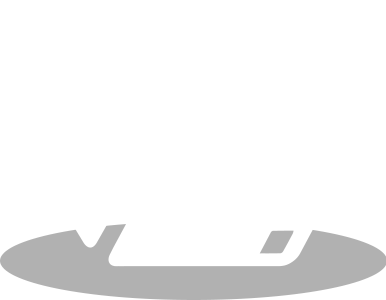Glossary

ACH
The vast number of automated payments made through the banking system–for anything from online retail purchases to insurance premiums, regular monthly investments to payroll–relies on the Automated Clearing House, or ACH. This electronic network relies on computers that link member companies and banks, allowing a buyer of goods or services to have his payment automatically debited from a personal or merchant account. The system was designed to streamline payments, specifically clearing paper checks through the Federal Reserve system, a process which at one time could take several days.
The ACH processes well over a billion transactions a month, with a total value reaching well into the trillions of dollars each year. The transactions are processed daily in batches, usually after the close of business; for that reason an automatic debit that lowers the available balance on a bank account immediately may not actually clear through the account until the next day. As a more recent part of the ACH system, checks written out to merchant accounts can be immediately scanned through a “point of purchase” conversion system and entered into the process. This allows banks to credit funds to payees without having to move the physical check from one location to another.
Both the Federal Reserve banks and a private operator known as the Electronic Payments Network rely on the ACH system. This allows transactions between stores, merchants, banks and institutions that don’t belong to both systems. By 2015, the use of the federal ACH was mandatory for a wide array of government payments such as Social Security and veterans’ disability benefits. For merchant accounts, the use of the ACH system has considerably streamlined credit card processing, saving time and avoiding the transmission errors that at one time plagued these transactions.
The process used by ACH is relatively simple. While account holders send or receive their automated payments, the bank collects the vital transaction information, including account number, dollar amount, and other details. The data is transmitted at regular intervals to a central registry, which credits the receiver of funds within two business days, for credit transactions, or one day for installment payments such as regular payroll. Within this system the ACH moves more than 20 percent of all electronic payments, under rules established by NACHA, the parent organization and trustee. This organization issues new guidance and regulations to handle the issues that occasionally arise in the automated payments system.
Back to list